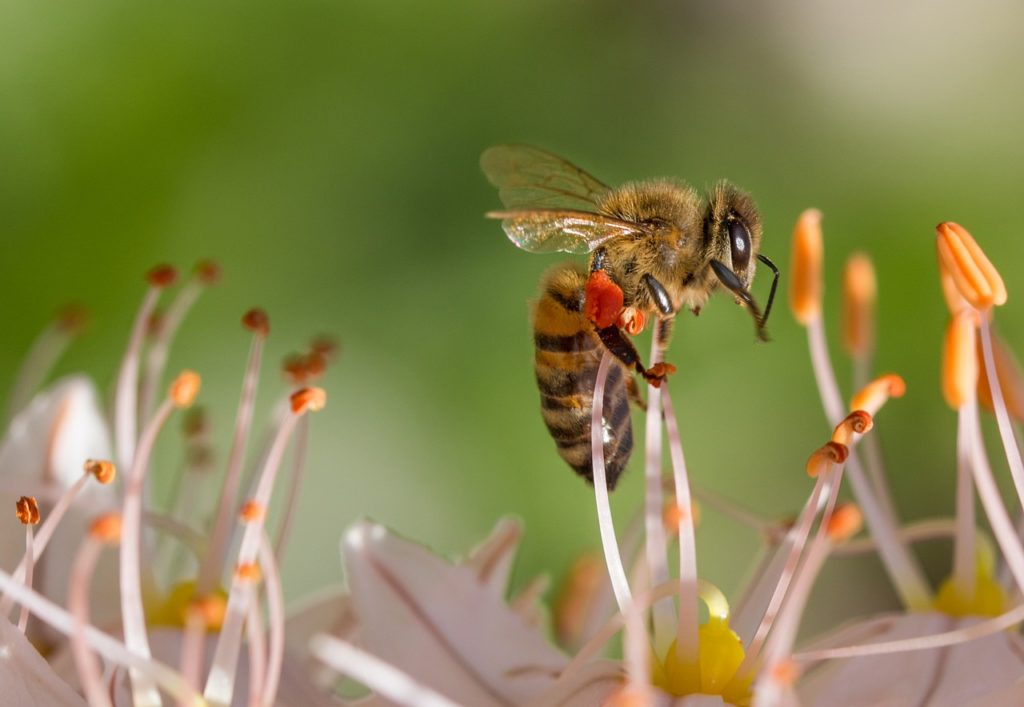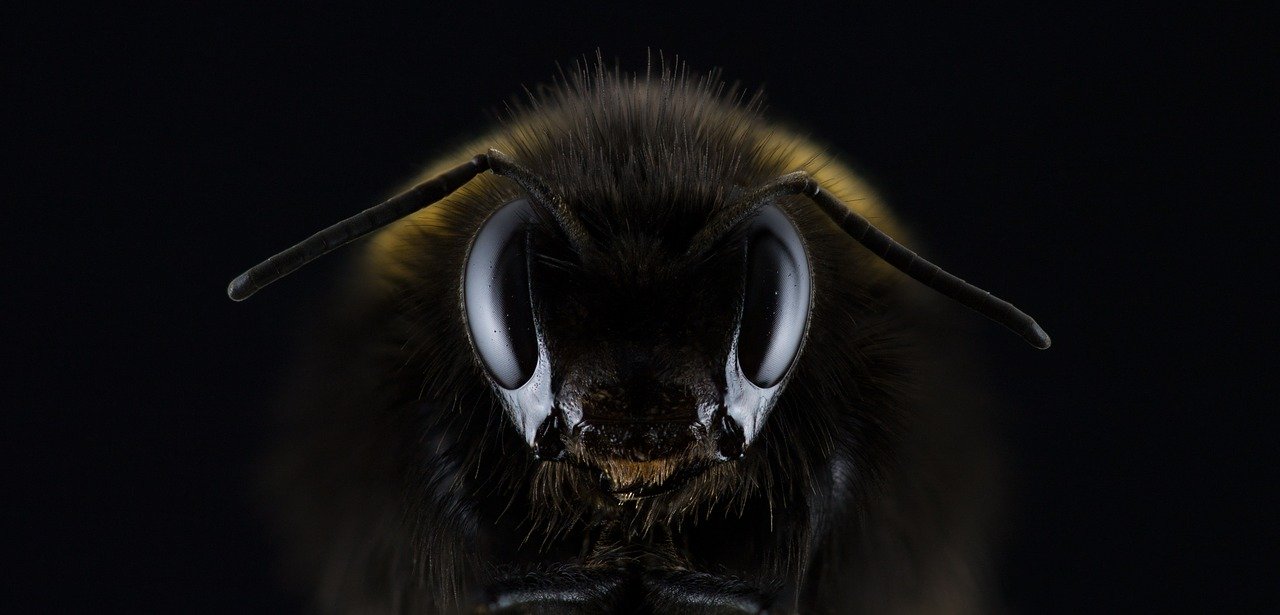In 2017 two large-scale scientific studies showed that neonicotinoid pesticides—found in many common garden pesticide products—lead to the death of bees and do harm to bees’ reproductive capabilities.
These studies were the first of their kind to be conducted under real-world conditions and at such a scale. One study looked at three separate species of bees in three European countries, while the other surveyed the danger facing Canadian honeybees. Both presented new information that experts say could significantly change the way we look at bees and pesticides.
These studies raise issues of ongoing concern for the safety of bee populations, particularly at a time when bees, a class of insects whose wellbeing is intimately and crucially united to that of humans, are under threat from several environmental factors.
A popular pest control solution
The term neonicotinoid means “new nicotine-type insecticides.” These substances, which are extremely toxic to insects and other invertebrate species, act by connecting to specific receptors in the insect’s nervous system.
One reason why gardeners choose to use neonicotinoids is their water-solubility. This permits the neonicotinoids to be easily taken up by plants growing in the soil where they have been applied.

A second reason behind neonicotinoids’ popularity is their effectiveness in defending against aphids and other pests that feed on plant sap, as well as a host of other bugs including white grub larvae, cockroaches, and fleas. In fact, some products designed as flea control mechanisms for household pets contain the neonicotinoid known as imidacloprid, the first neonicotinoid insecticide introduced to the consumer market.
Another common water-soluble neonicotinoid intended for pest control in the garden is dinotefuran. Others in this category include acetamiprid, thiacloprid, and nitenpyram.
Despite their lethality to insects, neonicotinoids are far less harmful to mammals and birds.
Comprehensiveness gets it right
While many earlier research studies had linked bee death to neonicotinoids, few had attempted to measure the amount of the pesticide, or the length of the exposure, that would prove harmful to bees. The newer studies also improve on earlier ones that drew criticism for their use of amounts of pesticides that did not reflect real-world usage.
The two newer studies found that neonicotinoid levels in the environment around farmlands kill bees slowly over time rather than immediately. Additionally, they found that queen bees suffer severe negative consequences from neonicotinoids. This translates into a lowering of the overall reproduction rate in bee colonies.
Other experts have pointed out that neonicotinoids are far from the only factor that can cause bee populations to shrink and die out. Even so, neonicotinoid exposure is among the major factors in play.
Reasons to protect bees
Healthy bee populations contribute to healthy and nourishing environments for humans and even support healthy economies. Bees and other pollinators enhance the diversity and stability of the human food supply. Popular staple crops such as apples, almonds, cranberries, squashes, broccoli, and vanilla are all pollinated by bees. The almond production industry in California alone relies on the continued health of almost 2 million honeybee colonies to produce adequate pollination of the state’s almond orchards.
Honeybees are estimated to contribute about $20 billion in value to the growth of crops in the United States. Without the aid of bees, the total yield and the quality of food crops would be greatly diminished.
Additionally, bees help create a rich, varied, and pleasant environment by helping to propagate the many varieties of wildflowers that bloom throughout the country. Plus, there are several industrial applications for the natural wax that bees produce.
Strong research design equals valuable granular detail
The Canadian research team’s work involved five months of measuring the amount of chemicals used in agriculture near cornfields grown from seeds treated with neonicotinoids.
Since neonicotinoids are water-soluble, they regularly drain into waterways in runoff from farming operations. This means that the chemicals in that water may be taken up into plants many miles away from the original deposit, seeping into all parts of the plant, including its pollen.
The Canadian team then searched for traces of neonicotinoids in live and dead bees, as well as in larvae, nectar, and pollen. They detected a range of pesticides and other pest-control substances in addition to measurable amounts of neonicotinoids. The researchers were able to prove that bees were exposed to pesticides far beyond an initially treated crop of flowering plants and that the pesticides lingered over an entire growing season, long after the initial crop had ceased to bloom.
The research team then wanted to know precisely what happened when bees were exposed to neonicotinoids. They spent three months exposing a test set of bees to one of the most common neonicotinoids at levels that reproduced those found near a typical Canadian farm. For each round of chemical exposure, researchers reduced the amount of pesticide, analogous to the way rain sweeps away chemicals in the real world.
Even though the bees in the experiment experienced lower levels of pesticide exposure than bees in nature, deleterious effects (such as shortened lifespan and lowered natural social defense systems against disease) were still apparent.
The infected beehives also tended to experience the deaths of their queens and had difficulty replacing them. Since the queen is the focal point sustaining each bee colony, there were then no new eggs and no new generations of bees.
The Canadian team also noted that when the other fungicides and herbicides found surrounding the farms in question were combined with a neonicotinoid, the death rate of bees rose significantly.
The European study’s results echoed these from the Canadian team, giving scientists—and the public—plenty of reasons to address the problems associated with neonicotinoid pesticides as soon as possible.

